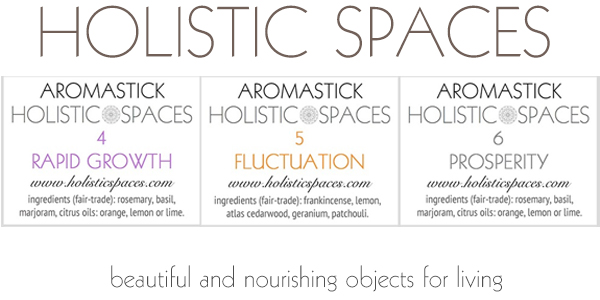Today is Earth Day, and the start of Earth Week. I encourage each of you to incorporate one green living change into your daily life. Below are five simple, yet impactful changes you can make.
1. Adopt or Donate an Indoor Plant
I have a Golden Pothos from when I first moved to New York City in 2003. I can't even remember who gave it to me, but it was a housewarming gift. This plant is so hardy, it's survived and flourished through weeks of forgetful watering and even a dark ground floor apartment. In feng shui, house plants bring life energy into a indoor space. They can create a softer and more vibrant energy in a home or office. Living plants are wonderful for improving overall indoor air quality. The Goldon Pothos is said to be particularly good for removing formaldehyde and carbon monoxide.
What I love about the Golden Pothos is that they are easy to propagate. Simply cut off a 3" or longer piece, just below a leaf or a node (or joint). I like to take cuttings and place them in a glass of water. Alternatively, you can plant them, or you can wrap them in a wet paper towel and give them as gifts.
Orchids are also very common houseplants. What most people don't know is that after the flowers die, the remaining plant is still alive! The plant is dormant, and you can keep it. It's such a reward to see my orchids bloom every year.
2. Switch to a Renewable Energy Provider
An easy way to minimize your carbon footprint is to switch to a renewable energy provider. There are many different companies, and it really depends on where you live. It can be overwhelming to weed through all the companies, but it's worth it. The EPA gives some information on where you can find renewable energy companies for residential and commercial locations.
Switching to Green Power does not typically mean that you need to install solar panels or a windmill on your roof. Although that is sometimes an option, in most urban areas this simply means that you can call your electricity provider and request you switch to a Green or Renewable energy source. In New York City, there are a handful of Energy Supply Companies (ESCOs) that provide a green option. You may see a small increase in your monthly bill, but in my experience it's very minimal. Probably around $10/month for a one bedroom apartment. You can also look into Renewable Energy Certificates RECS to offset your DIRTY electricity usage.
3. Reduce Bottled Water Usage
Contrary to popular belief, the National Resources Defense Council NRDC says that bottled water is “subject to less rigorous testing and purity standards than those which apply to city tap water.” If health is a concern, plastics are terrible to eat and drink from. There may be Bisphenol A (BPA)s or other toxic chemicals and substances in plastic containers that will affect water quality.
In New York City, we have excellent quality tap water. I recommend those outside of NYC use a high quality water filter and drink tap water whenever possible. I use reusable glass bottles and my Soda Stream seltzer machine as much as possible at home.
4. Buy Post Consumer Recycled Products
Most of us know by now, we need to recycle. Reduce, reuse and recycle! Note, recycle is last on that list.
We put our glass bottles, metal cans, plastic bottles and paper/cardboard in the bins and out on the curb. But what happens when we recycle? Sadly, not everything gets recycled. The recycling carter or your municipal recycler picks up the waste-- but if no one wants to buy the recyclables, they can put the unsellable material into the landfill. Glass, metals, cardboard and paper are typically easy to recycle. There is a market for these materials. Plastic is another story. Not all plastics are recyclable. The plastics that can be recycled have a shorter lifecycle, require more energy to recycle, and are not as valuable.
So.. what can we do? Purchase more Post Consumer Recycled products! "Recycled" typically means that the content is made from pre-consumer materials, such as the leftover waste from manufacturing. It's good, but not the same as Post Consumer. "Post Consumer Recycled" indicates that the recycled portion is from the recycled waste that you and I have put into our recycling bins. If we make an effort to purchase more post consumer recycled plastics, we in turn create a demand for the recyclable plastics. This will also cut down the creation of new plastics.
5. DIY Water Saving Toilet
My final tip is for those of us with a tank toilet. This is a toilet where there is a tank behind, rather than in the wall or with a flush-o-meter. It's super simple to make your own water saving toilet. Take an old plastic bottle (the ones you're no longer using!), and fill it up with water. Open the toilet tank cover, and place the plastic bottle inside. Be sure to avoid and not obstruct the toilet flap, ball, handles, etc., inside the tank. Voila! The water filled bottle will displace water in the toilet tank and reduce the water usage each time you flush.
As a final feng shui tip - be sure to keep your toilet bowl cover shut. The bathroom is a place where water is always coming in and out of the home. In feng shui, water represents wealth and money flow. Make sure you keep the toilet seat closed, as well as the bathroom door. This will keep the wealth from flowing away from you!



